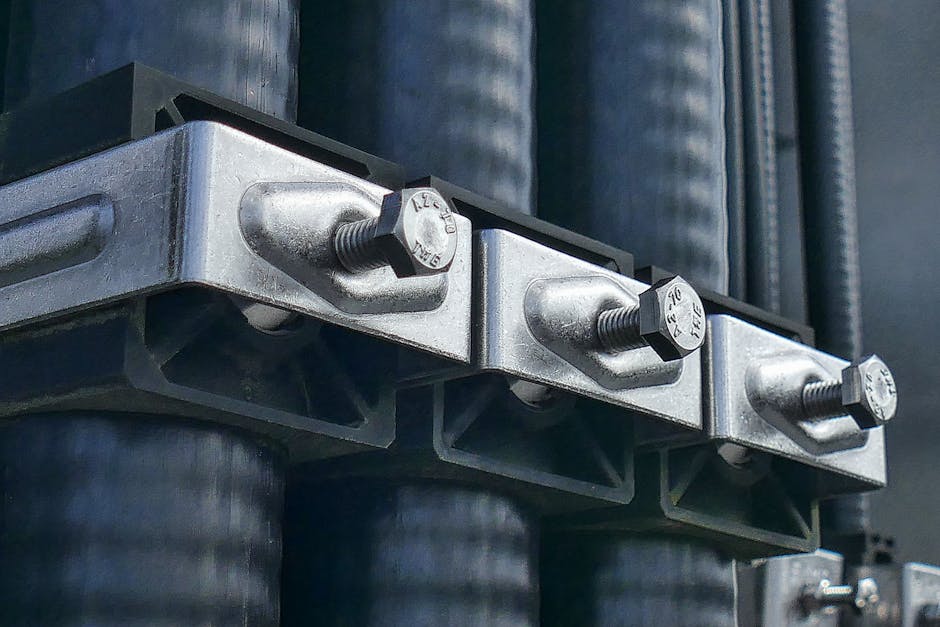The Art of Mastering
 Maximizing Efficiency: Everything You Need to Know About Screw Conveyors
Maximizing Efficiency: Everything You Need to Know About Screw Conveyors
Screw conveyors are an essential component in various industries, helping to transport materials efficiently and effectively. Whether you’re in the manufacturing, agriculture, or mining sector, understanding how screw conveyors work and how to maximize their efficiency can significantly impact your operations. In this article, we will delve into the world of screw conveyors, exploring their functions, benefits, maintenance tips, and more.
How Screw Conveyors Work
Screw conveyors consist of a helical screw blade that rotates within a trough or tube, moving materials from one place to another. As the screw turns, it pushes the materials forward, allowing for continuous and reliable transportation. The design of the screw conveyor can vary depending on the type of material being transported, the distance it needs to travel, and the speed at which it needs to move.
Benefits of Screw Conveyors
One of the main advantages of screw conveyors is their versatility. They can handle a wide range of materials, including powders, granules, and bulk solids. Additionally, screw conveyors are highly efficient, requiring minimal maintenance and energy consumption. They can also be customized to fit specific production requirements, making them a versatile and cost-effective solution for many industries.
Maximizing Efficiency
To maximize the efficiency of your screw conveyor system, there are several key factors to consider. Proper sizing and design are crucial, as a well-designed screw conveyor will ensure smooth material flow and minimize downtime. Additionally, regular maintenance is essential to prevent wear and tear on the equipment and ensure optimal performance. It’s also important to consider the speed and capacity of the screw conveyor to match the requirements of your production process.
Maintenance Tips
To keep your screw conveyor running smoothly, regular maintenance is key. Here are some maintenance tips to help you maximize the efficiency of your system:
1. Inspect the screw conveyor regularly for signs of wear and tear, such as loose bolts or worn-out bearings.
2. Clean the conveyor regularly to prevent buildup of materials that can impede the flow.
3. Lubricate moving parts to reduce friction and extend the life of the equipment.
4. Replace worn-out components promptly to avoid costly repairs down the line.
5. Monitor the speed and capacity of the screw conveyor to ensure it is operating within optimal parameters.
Choosing the Right Screw Conveyor for Your Needs
When selecting a screw conveyor for your operations, it’s essential to consider factors such as the type of material being transported, the distance it needs to travel, and the speed at which it needs to move. Screw Conveyor USA offers a wide range of screw conveyors to suit different requirements, from standard designs to custom solutions tailored to your specific needs. By choosing the right screw conveyor for your operations, you can improve efficiency, reduce downtime, and increase productivity.
In conclusion, screw conveyors are a vital component in various industries, offering a cost-effective and efficient solution for material transportation. By understanding how screw conveyors work, maximizing their efficiency, and following proper maintenance practices, you can ensure smooth operations and optimal performance. Whether you’re looking to upgrade your existing screw conveyor system or invest in a new one, Screw Conveyor USA has the expertise and experience to help you find the perfect solution for your needs.
This post topic: Financial